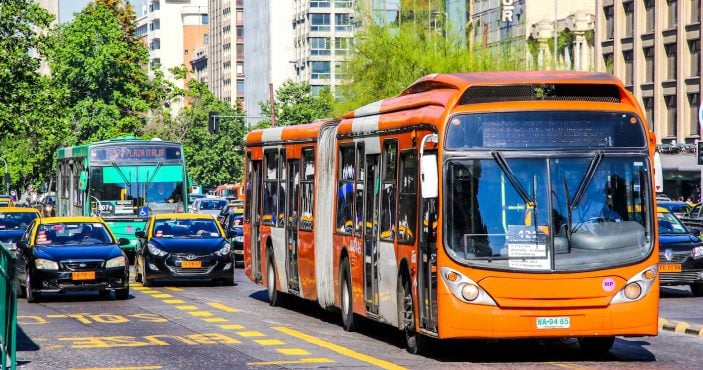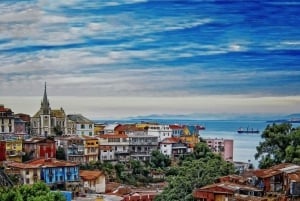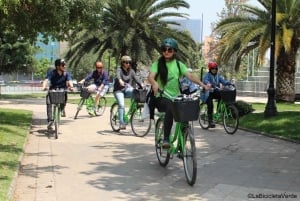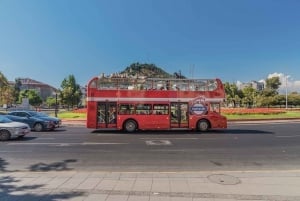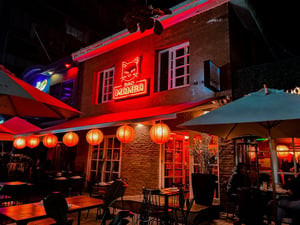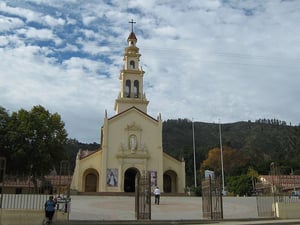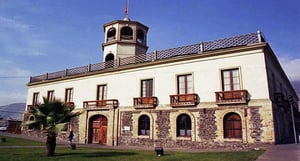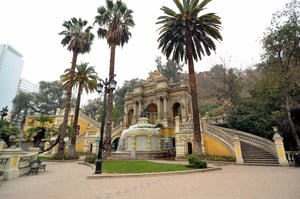Santiago transport
Once upon a time there were an endless number of sooty yellow buses racing each other down the Santiagoâs main street, La Alameda, with no real coordination with the pristine and efficient metro system. Then along came Transantiago in 2007, with the idea of standardizing bus routes and improving integration with the subway network. Although it has taken longer (and more money) than expected, Santiagoâs public transport system is now starting to look and feel modern.
Transantiago
Transantiagoâs integrated fare system, allows passengers to make bus-bus or bus-metro connections within a two-hour time limit for the price of a single ticket, using a smart card called "Bip!". You can purchase cards at the ticketing offices in every station at a cost of $2.000 (approx. US$4.00), including $750 worth of credit. Tickets are sold from 6:00 to 23:00 Monday to Friday, 6:30 to 23:00 on Saturdays, and 8:00 to 22:30 on Sundays and holidays. Cards can be recharged up to $20.000, and the credit only expires if the card it is not used in 2 years.
For the current route maps see transantiago.gob.cl/planos.do .
Metro
Santiago has the longest metro system in South America, making it a great way to get around the city. Since opening in 1975 with just one line, it has expanded to 5 lines and over 100 stations. Two new lines are planned, and should be open by 2021.
Some stations have been decorated with artwork:
Universidad de Chile Giant mural of the history of Chile
Baquedano Modern art and concert space
Bellas Artes Multimedia art
Santa Lucia Portuguese mosaics
La Moneda Landscape painting
For up to date ticket prices, visit transantiago.gob.cl/tarifa.do .
Buses
Bus ('micros') services are divided into two types, main lines (troncales) and feeder lines (alimentadores).
For up to date ticket prices, visit transantiago.gob.cl/tarifa.do .
Shared taxis
'Colectivos' (shared taxis) are a cheap way and fast way to get to your destination, however the trick is knowing which one to take. The route is summarized on the sign attached to the roof. These taxis have a set route with prices similar to Transantiago.
Taxis
Taxis are easy to spot in Santiago and the rest of Chile as they are black with a yellow roof. The flagfall in Santiago is $450 (US$0.50), and then $200/250m or minute waited. You have two options usually: either negotiate a price or ask that the driver use the taximeter. Whatever you do, do not start without making this decision, as you might get a nasty surprise on arriving at your destination. Taxis are usually safe, and the main danger remains being ripped off, so try and give the driver as many directions as possible!


